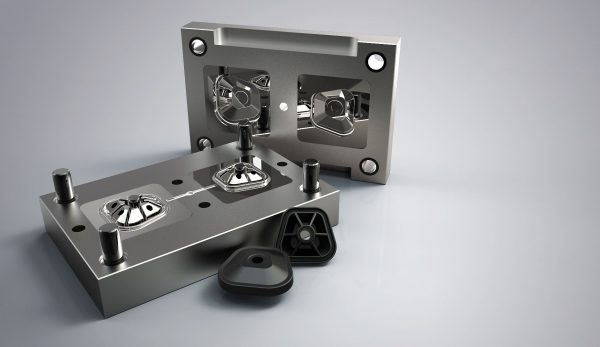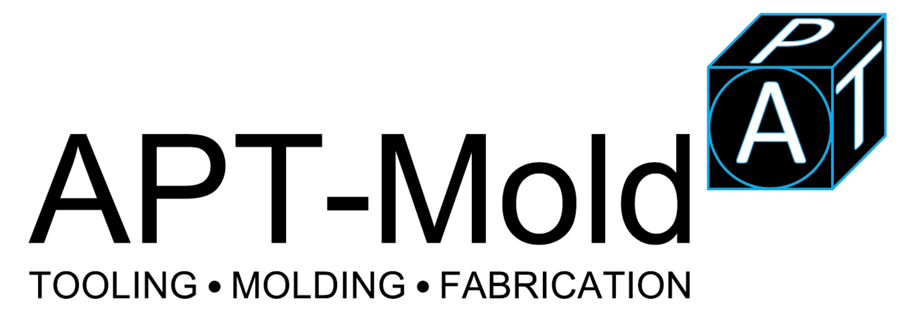The manufacturing world is no longer limited in scope when it comes to the treatment of materials to create new products. Many factors add up to the recurring increasing of these services by many entrepreneurs around the world, but all of them point to the same final direction in the end: It’s never been more accessible to creating something out of scratch because the technology allows it and it’s cheap. The best way to take notice of this is through documentation.
Not many people read a paper these days, but not so long ago the local newspaper of any country had a spread page or a catalog to check the daily offers on certain products on any given store. If you take a moment to compare the capacities of those products back then, and the specs of functionality on new products you would notice that new appliances and electric devices can do three to six times what their old models could do.

rapid tooling, *picture from sprototype.com
The market is also filled with many options to get what you need at a fair price. Even if an established brand doesn’t have what you are looking for, you can always check platforms such as Kickstarter and GoFundMe to see brand new takes on existing devices with powerful specs that no established brand can offer without driving their prices up. All these initiatives have one thing in common: a mold manufacturer China company willing to bring the project to life.
From Prototype to Mold
The ongoing discussion on the internet seems to be always centered on the creation of the prototype as the defining stage of the project. While it’s true that we need to make sure that our prototype is perfect before going to production, we also need to pay very close attention to the creation of the mold. Not many companies seem to discuss it, and certainly, the molds need a fair share of attention given how important it is to cast the product or the parts of it.
The manufacturing industry works with two basic types of molds:
- The first is the soft mold. This one is a pressing unit made of steel with an inside shape molded to be used by machining settings without using heat treatment. Soft molds can be used directly after being created since they usually work best with pre-hardened materials.
- The second one is the hard mold which is something that works with more traditional parameters. This mold works best with annealed or melted materials that have to be processed with intense heat treatments after going for mechanical processing while still hot. Most of the products created using hard molds require additional processing before being transformed into a finished product.
The Advantages of Working with Both Types of Molds
Telling the differences between the two types of manufacturing will always come down to the needs you have for any given project. There is no real good or bad take on both since any mold manufacturer China will tell you why your project should be handled using one or the other. The fact that truly makes a difference with both molds is that the lifespan of a hard mold is longer than the one of any soft mold.
One of the key elements that could affect your choice of a mold is time. While a hard mold usually takes time and attention to detail for being created, as well as to manufacture the product, a soft mold is crafted quickly and allows more revisions to make it meet the progress requirements of the project with as many reviews are needed.
A hard mold is also way more expensive to create, but given the number of parts that can be manufactured with it, is probably a sound investment if the product you are creating will require continual restock. Soft molds can be tampered with since their build is a bit more flexible, while hard molds have to be constructed exactly to the specifications since there is not much that can be done to modify them after they are finished.
The creation of a product can use both types of mold given its complexity. A product can include moving parts created with rapid tooling. These bits are created using soft molding. The encasing or the exterior of the product can be constructed with hard molds since they need to be sturdier or it needs to protect the moving parts inside the product.
Soft molds are used to create products that you use at home daily, such as small house appliances, kitchen instruments, and a few electric devices. Hard molds are needed for products using materials such as glass fiber or any type of metal. In some cases, molds can be nitrided to increase their hardness, and prolong the life of the mold.
